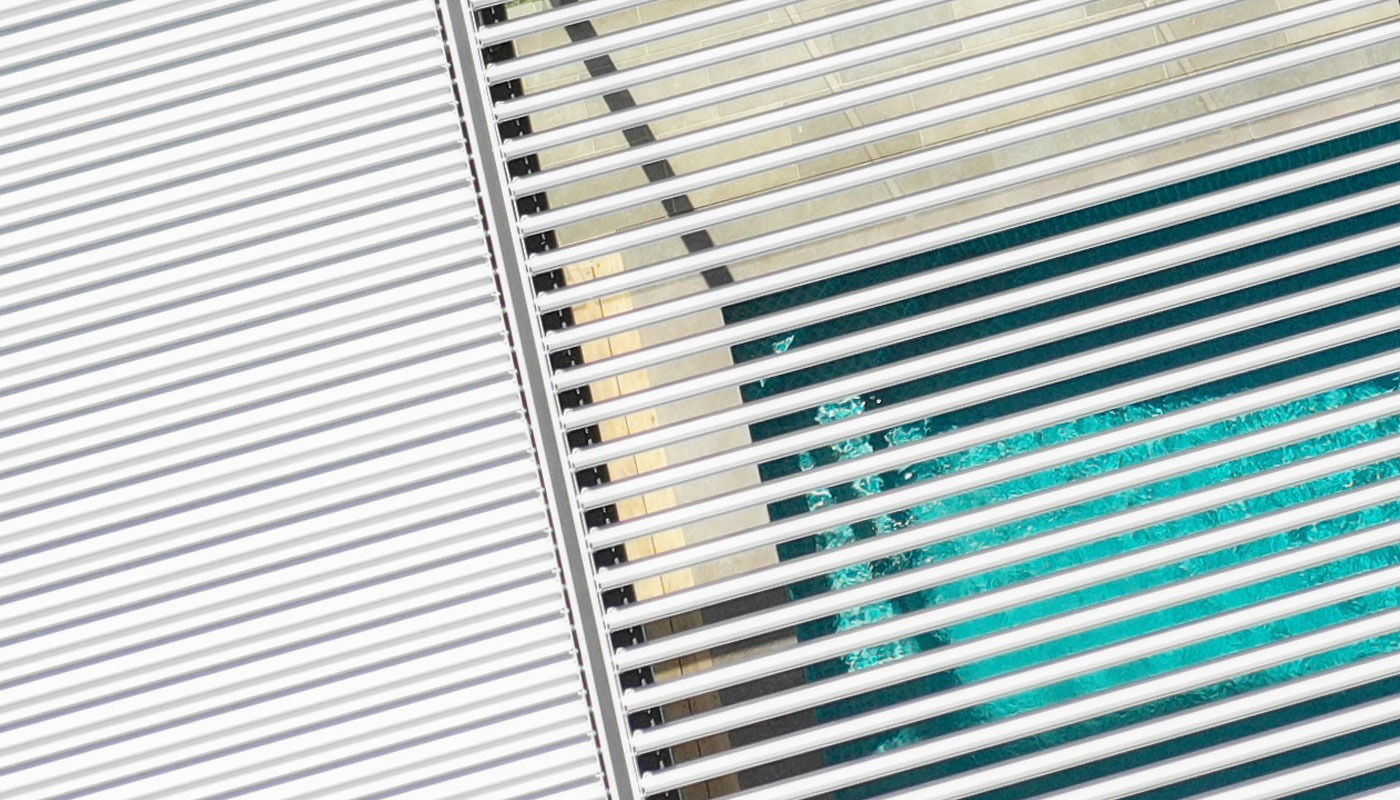
In today’s eco-conscious world, choosing building materials that meet our needs and reduce our carbon footprint is crucial. Aluminium louvre panels have gained popularity for their functionality and aesthetic appeal. But how do they fare on the environmental front? This post delves into the eco-friendliness of these panels, exploring their impact on our planet. By understanding their sustainability, we can make informed decisions that align with our green objectives.
Moreover, examining the lifecycle from production to disposal provides a comprehensive view of their environmental footprint. This insight enables us to assess whether these panels are a green choice for our construction projects.
Aluminium Louvre Panels: A Sustainable Choice?
Aluminium louvre panels are lauded for their durability and flexibility, but their environmental benefits often go unnoticed. These panels are made from aluminium, a material known for its recyclability. Unlike other resources that lose quality over time, aluminium can be recycled indefinitely without degradation, making it an ideal choice for those looking to build with sustainability. Furthermore, the manufacturing process of these panels is becoming increasingly eco-friendly, focusing on reducing energy consumption and minimising emissions. This commitment to environmental stewardship ensures these panels meet current building standards and align with future sustainability goals.
This inherent property makes these panels a sustainable option for construction and design. By choosing these panels, we’re not just opting for an energy-efficient solution but also supporting a circular economy where materials are reused and waste is minimised. Additionally, the lightweight nature of aluminium reduces transportation emissions, further enhancing the eco-credentials of these versatile panels. Through this lens, it becomes clear that aluminium louvre panels are not just a practical choice for modern construction but a forward-thinking decision that benefits the planet.
The Production Process: A Closer Look
Understanding the production process of aluminium louvre panels is crucial in assessing their eco-friendliness. The process begins with bauxite mining, refining into alumina and smelting into aluminium. While this process is energy-intensive, technological advancements have significantly reduced the energy consumption and carbon emissions associated with aluminium production. Moreover, the increased use of renewable energy sources in manufacturing further lessens the environmental impact. This progress towards more sustainable production practices is crucial for the future of construction materials, including these panels.
Energy Efficiency and Performance
One of the standout features of aluminium louvre panels is their energy efficiency. These panels are designed to provide optimal ventilation and light control, reducing the need for artificial cooling and lighting. This natural regulation of indoor temperatures creates a more comfortable living or working environment and significantly reduces energy consumption. Furthermore, the reflective properties of aluminium can deflect sunlight, aiding in the thermal regulation of buildings. By improving energy efficiency, these panels reduce the overall environmental impact of the structures they’re used in.
Lifespan and Recyclability
The longevity of aluminium louvre panels is another aspect that underscores their eco-friendliness. These panels are incredibly resilient and capable of withstanding harsh weather conditions without corroding or deteriorating. This durability means they require less frequent replacement, thus reducing the demand for new materials and the associated environmental toll. When these panels end their useful life, they can be fully recycled, ensuring the material contributes to sustainable building practices. This cycle of use and reuse embodies sustainability principles, making aluminium an excellent choice for environmentally conscious construction.
External Aluminium Louvres: Enhancing Eco-Friendliness
External Aluminium Louvres enhance a building’s aesthetic appeal and significantly contribute to its environmental sustainability. These louvres can be finely adjusted to control the influx of sunlight into spaces, effectively reducing the dependency on artificial heating and cooling systems.
This capacity to naturally manage the indoor climate further improves the energy efficiency of buildings and contributes to a more comfortable and sustainable living environment. Moreover, using aluminium in these louvres supports the building’s overall sustainability through its recyclability and extended lifespan, marking these Louvres as a stellar choice for any eco-conscious building initiative, perfectly blending aesthetics with eco-friendly functionality.
Final Thoughts
Aluminium louvre panels and External Aluminium Louvres offer a harmonious blend of functionality, aesthetic appeal, and environmental sustainability. From their recyclability and energy efficiency to their long lifespan and reduced carbon footprint, these materials embody the principles of sustainable construction. These panels stand out as a promising option as we seek solutions that meet our needs without compromising the planet’s health. By opting for these eco-friendly materials, we contribute to a greener, more sustainable future, ensuring our buildings are beautiful, functional and kind to the Earth.






